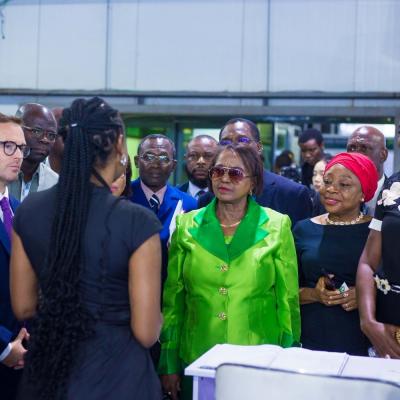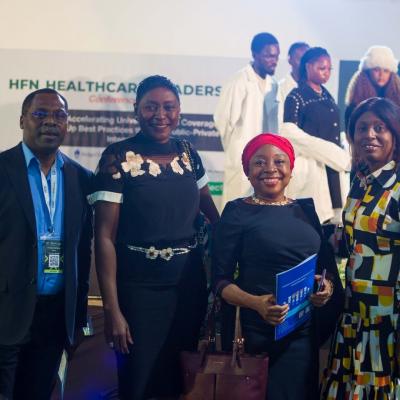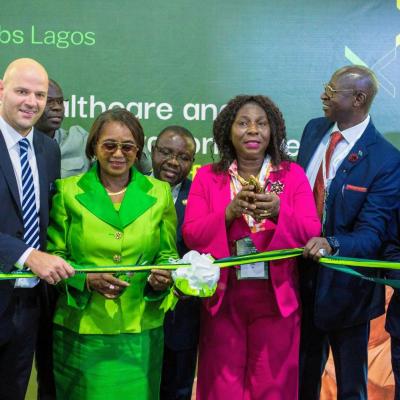He said; “Eliminating yellow fever is a matter of life and death for us. The last outbreak was in 1996 and we thought it was over and went to sleep. However, we had a fresh outbreak in September 2017, when the Nigeria Centre for Disease Control (NCDC) was informed of the first case which started in Ifelodun LGA of Kwara state. “Since then, we have recorded about 1,640 suspected cases; over 115 confirmed in Nigeria and 41 in the regional lab in Dakar, Senegal, and no fewer than 49 deaths. We have also successfully vaccinated over 14,591 people in Kwara, Kogi, Niger, Zamfara, Kebbi, and Nasarawa states.
Our target is to cover 21 million Nigerians by the end of this year.” Also speaking, the Director-General of WHO, Dr. Tedros Gbebreyesus, said 27 African countries are at high-risk of the disease with an average of 60,000 deaths every year. He said the EYE strategy was an innovative plan to vaccinate nearly one billion people across Africa by 2026 with countries rolling-out the road map at sub-continental levels.
“The world is facing an increased risk of yellow fever outbreaks and Africa is particularly vulnerable. However, with one injection, we can protect a person for life against this dangerous pathogen.
This unpredecented commitment by countries will ensure that by 2026 Africa is free of yellow fever epidemics,” he said. Meanwhile, UNICEF said it will make yellow fever vaccines available, advocate for greater political commitment and provide support in vaccinating children through routine immunization as well as during outbreaks of the disease.
The UNICEF Chief of Health, Stefan Peterson, said: “Today, the threat of yellow fever looms larger than ever before, especially for thousands of children across Africa. Given that almost half of the people to be vaccinated are children under 15 years of age, this campaign is critical to saving children’s lives, and would go a long way toward stamping out this disease.”
Source: Vanguard
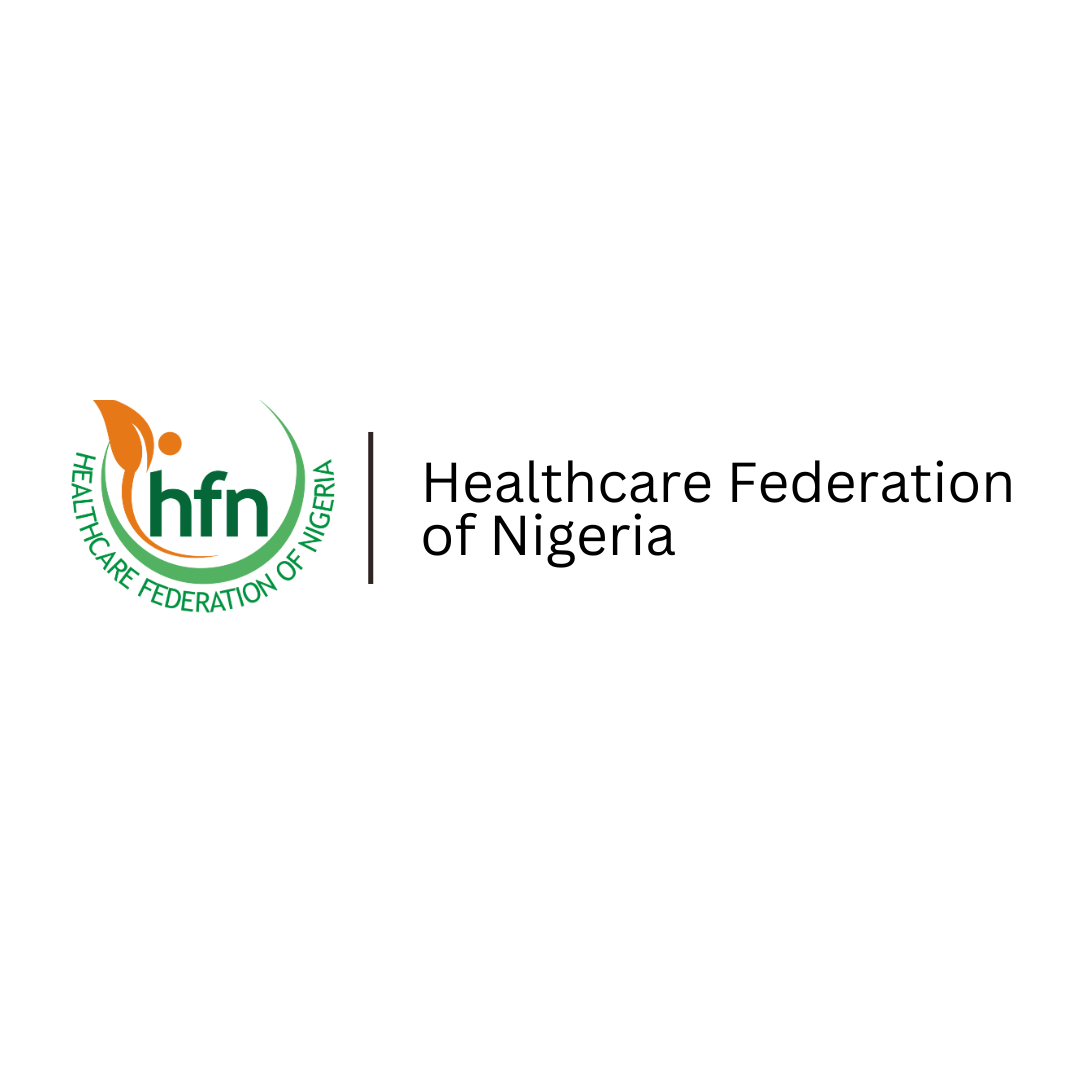
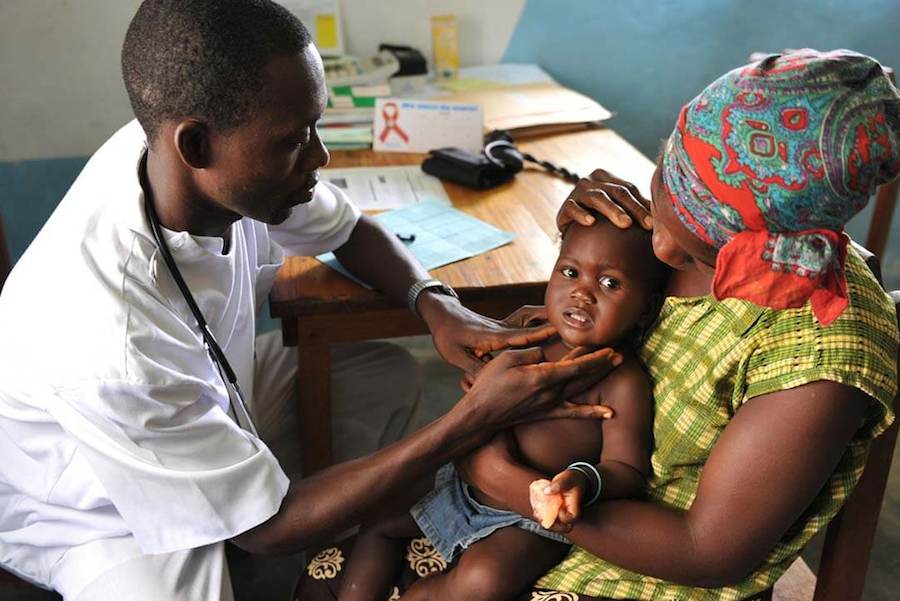 The Federal Government has said no fewer than 21 million people will be vaccinated against yellow fever across the country by the end of 2018 with support from World Health Organisation (WHO), Gavi – the Vaccine Aliliance, UNICEF and other health partners.
The Federal Government has said no fewer than 21 million people will be vaccinated against yellow fever across the country by the end of 2018 with support from World Health Organisation (WHO), Gavi – the Vaccine Aliliance, UNICEF and other health partners.

